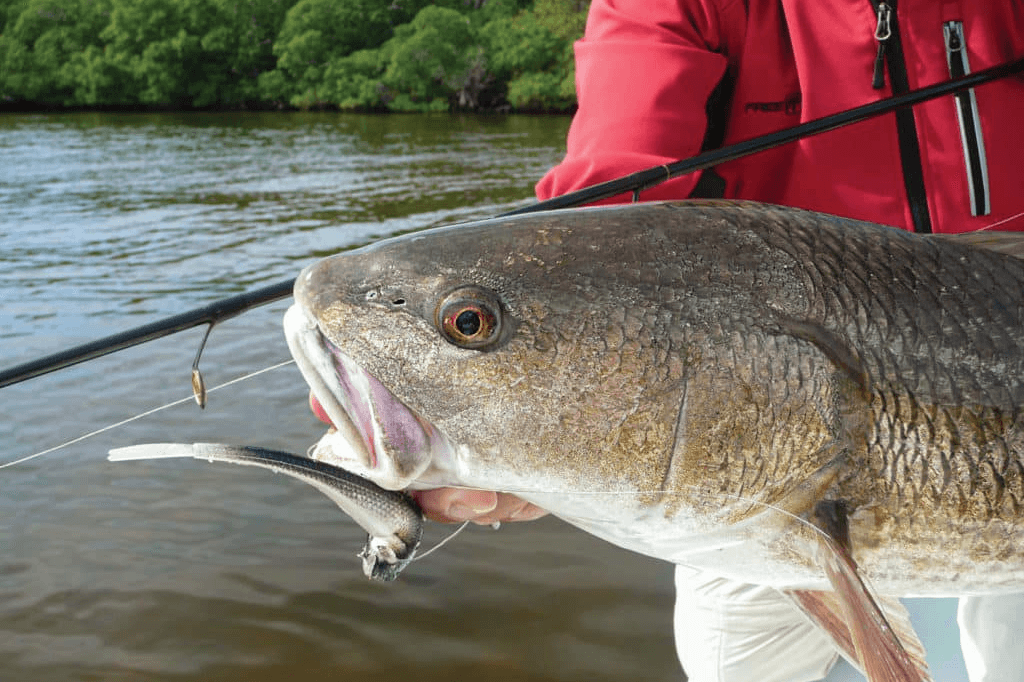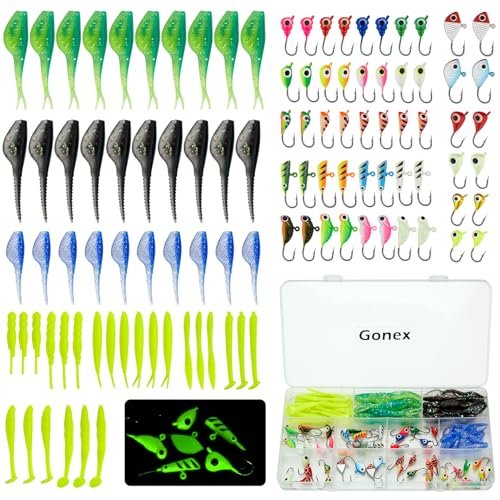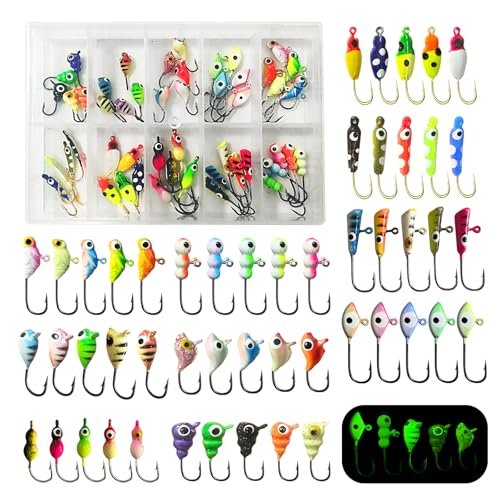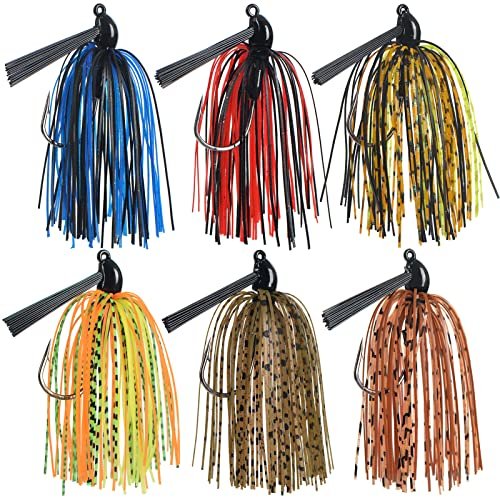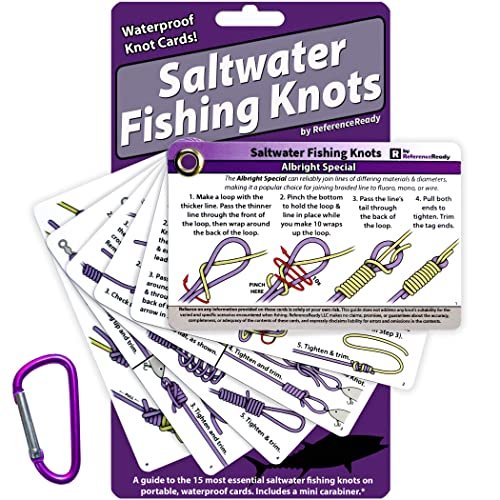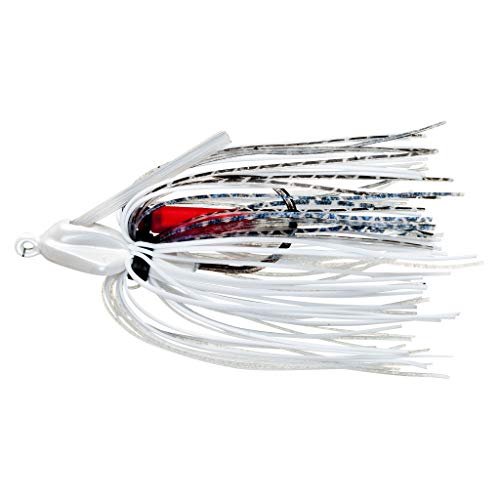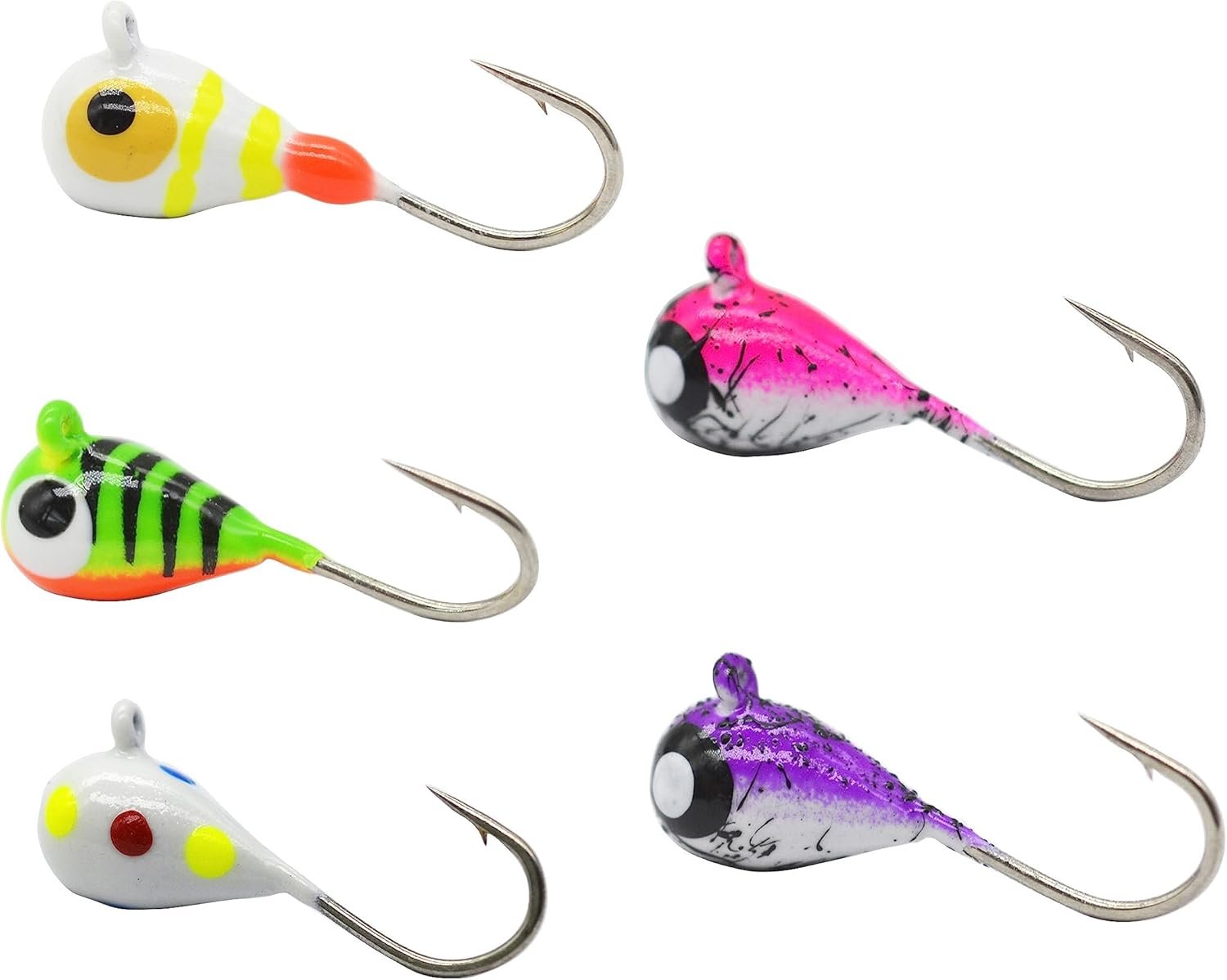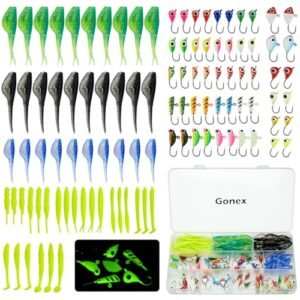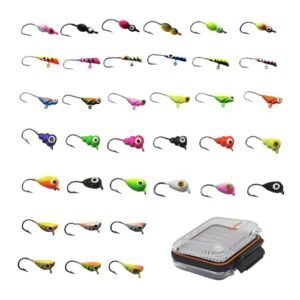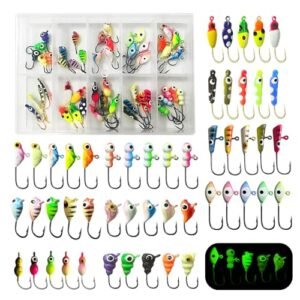Redfish, also known as red drum, are powerful fish that require a reliable fishing line. Anglers prefer braided line for its superior strength and minimal stretch. This allows for better control and sensitivity when targeting these fish. A 20-30 lb test line is ideal, providing the necessary durability and resistance to abrasion.
This type of line handles the tough fight redfish often put up. It also works well in various fishing environments, from grassy flats to rocky shorelines. Choosing the right line enhances your chances of a successful catch, making your fishing experience more enjoyable and rewarding.
Introduction To Redfish Angling
Redfish angling is an exciting adventure. Redfish are known for their strong fight. They are a popular target among anglers. These fish can be found in coastal waters. Their distinctive black spots make them easy to identify. Catching a redfish gives a sense of achievement. Anglers often share stories of their best catches. Redfish can grow quite large. This adds to the thrill of the chase. Patience and the right gear are key. A good fishing line makes a big difference.
Redfish, also called red drum, are a prized catch. They have a copper-colored body. Their tails often have one or more black spots. Redfish are strong fighters. They can weigh over 50 pounds. These fish are found in the Atlantic Ocean and Gulf of Mexico. They thrive in shallow waters. Redfish eat crabs, shrimp, and small fish. Anglers need to use the right bait. This increases the chances of a successful catch. A strong fishing line is essential. This helps in reeling in these powerful fish.

Credit: www.tridentflyfishing.com
Key Factors In Selecting Fishing Line
A strong fishing line is important for catching redfish. Redfish can be big and strong. Durable lines last longer. They help avoid breaks. Choose a line that can handle rough conditions. Braided lines are very strong and durable. They are perfect for tough environments.
Fish can see some fishing lines. Low-visibility lines increase your chances of a catch. Clear or fluorocarbon lines are hard to see underwater. These lines help you catch more fish. They are great for clear water.
Low-stretch lines give better control. They help you feel the fish bite. Braided lines have almost no stretch. They are very sensitive. Monofilament lines stretch more but are easier to handle. Choose based on your fishing style.
Types Of Fishing Lines
Monofilament lines are popular for redfish. They are affordable and easy to use. These lines stretch well, helping to absorb shocks. Monofilament is great for beginners. It is also available in various colors. This helps to match different water conditions.
Braided lines are very strong and durable. They have a small diameter, allowing for longer casts. Braided lines do not stretch, providing better sensitivity. These lines are suitable for experienced anglers. Braided lines can handle heavy redfish. They are also resistant to abrasions.
Fluorocarbon lines are nearly invisible in water. This makes them perfect for spooky redfish. They are resistant to UV light and do not weaken over time. Fluorocarbon lines sink faster than monofilament. This helps in deeper waters. These lines are also very sensitive, detecting even the lightest bites.
Monofilament Vs. Braided Line For Redfish
Monofilament line is very popular for fishing. It is cheap and easy to use. This line type is also stretchy. Stretch helps in absorbing shocks. The downside is that monofilament can break easily. It can also wear out over time. Sunlight and saltwater can damage it.
Braided line is very strong and durable. It does not stretch. This helps in feeling bites better. Casting is easier and farther with braided line. It is also thinner than monofilament. This helps in packing more line on the reel. The drawback is it can be expensive.
The Role Of Line Weight And Diameter
Choosing the right line weight is crucial. Smaller redfish need lighter lines. Bigger redfish need heavier lines. Light lines are easier to handle. Heavy lines can catch stronger fish. 10 to 20-pound lines work best for redfish. Adjust based on the fish size.
Line diameter affects fishing. Thicker lines are stronger. Thinner lines are less visible. Thin lines are better in clear water. Thick lines work in murky water. Balancing strength and visibility is key. Braided lines offer strength with less diameter. Monofilament lines are thicker but stretchy.
Best Practices For Spooling And Knots
Spool your reel with care for a smooth fishing experience. First, attach the fishing line to the reel. Use a knot that is secure and reliable. Next, make sure the line is tight as you wind it onto the reel. Avoid overlapping or tangling the line. Keep the line straight and even. A well-spooled reel helps you cast farther and prevents knots.
Choose the right knot for your fishing line. The Palomar knot is strong and easy to tie. Another good option is the Improved Clinch knot. These knots hold well and are perfect for redfish. Always wet the line before tightening the knot. This prevents friction and keeps the line strong. Practice tying knots to ensure they hold during your fishing trip.
Expert Angler Recommendations
Many expert anglers prefer braided lines for redfish. These lines are strong and thin. They allow for longer casts and better sensitivity. Fluorocarbon lines are also a top choice. They are nearly invisible underwater. This makes them great for clear waters.
Experienced fishermen often suggest 20-30 lb test lines. This strength handles the powerful runs of redfish. Spinning reels with smooth drag systems are recommended. They help in fighting the fish without breaking the line.
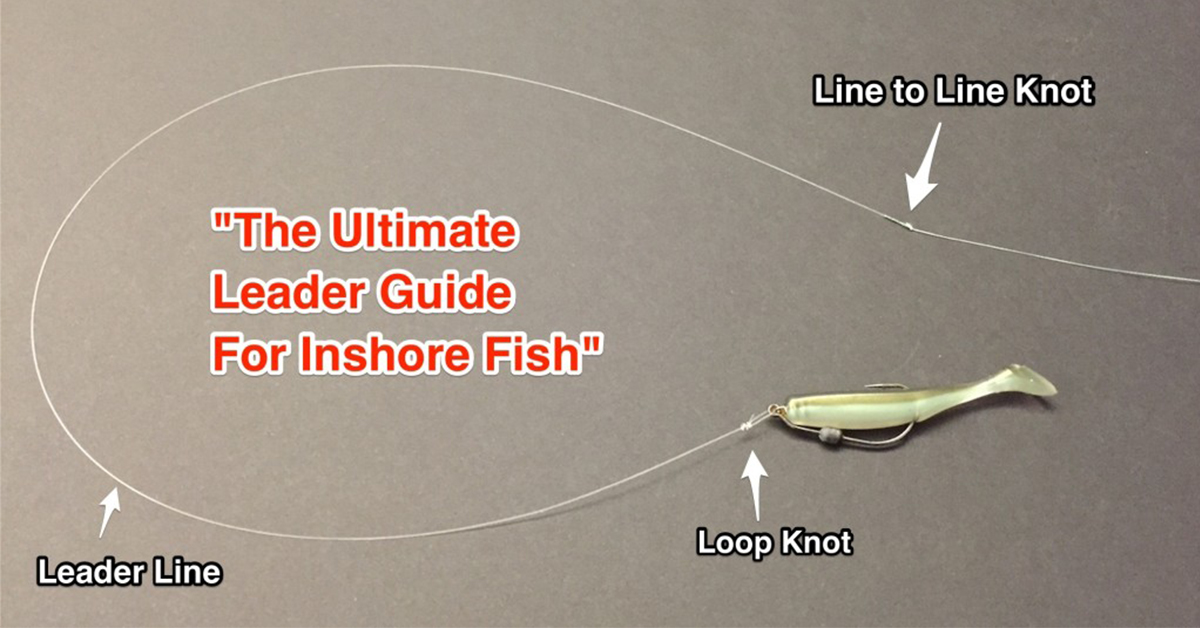
Maintaining Your Fishing Line
Always rinse your fishing line after use. Saltwater can damage the line. Use fresh water to clean it. Dry the line before storing it. Keep it away from direct sunlight. Store your fishing line in a cool, dark place. This helps to keep it strong and durable. Check for any knots or tangles and remove them. Proper care extends the life of your fishing line.
Replace the fishing line if it looks worn out. Check for any frays or nicks. These can weaken the line. Change it if you see any discoloration. Faded lines are not as strong. Also, replace it if it feels stiff or brittle. A new line ensures better fishing performance.
Real-world Testimonials And Success Stories
Many anglers have shared their success stories. They often talk about their favorite fishing lines. Some prefer braided lines because they are strong. Others like monofilament lines for their flexibility. Each type has unique benefits.
One angler caught a huge redfish using a 20-pound braided line. Another angler prefers a 30-pound monofilament line. They both had great success. These stories show that the best line depends on the angler’s choice. Many agree that a strong and durable line is key for catching redfish.
Many anglers have different preferences. Some use fluorocarbon leaders to avoid spooking fish. Others stick with braided lines for their strength. Each story is unique, but the goal is the same. They all want to catch the biggest redfish!
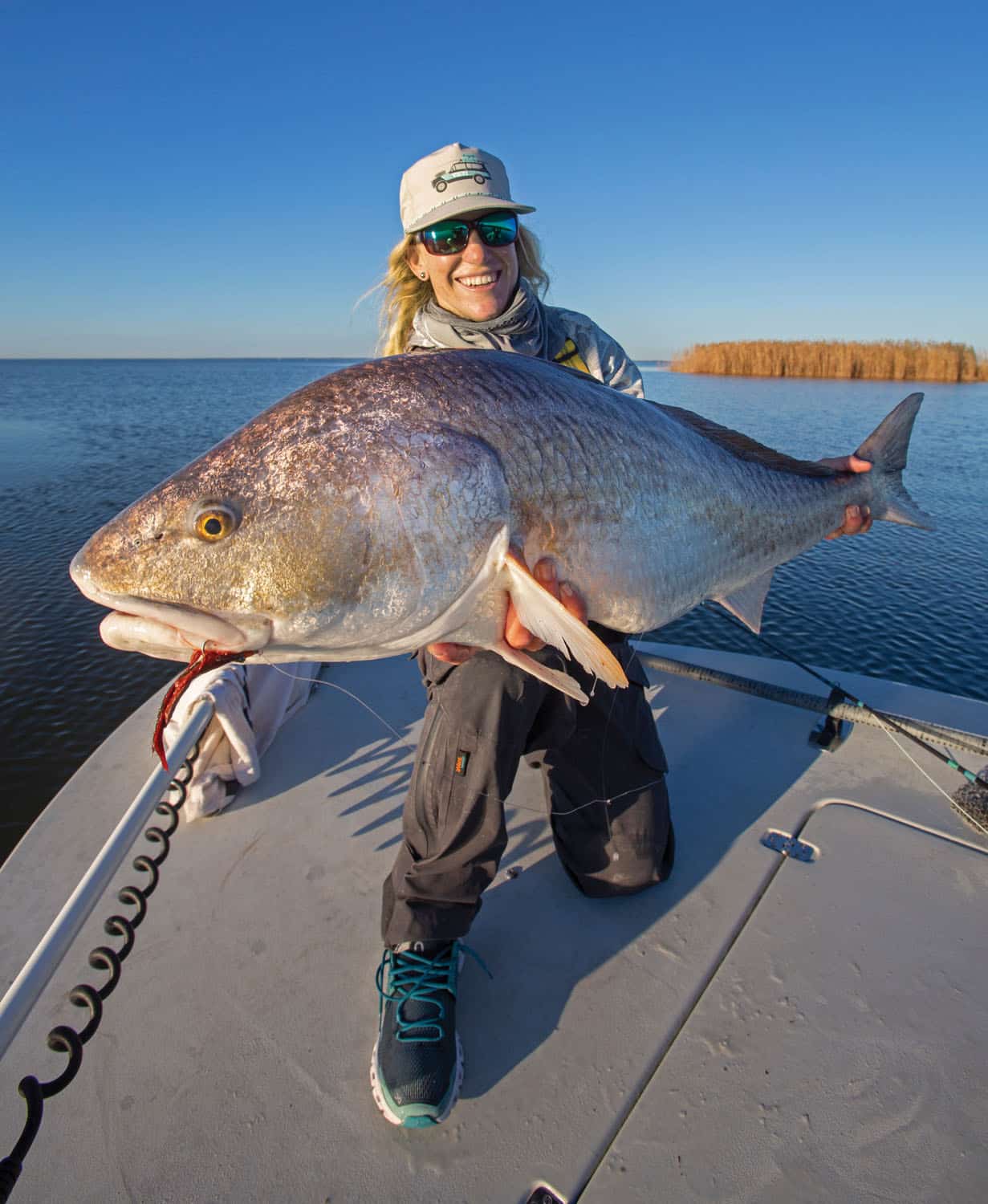
Conclusion And Final Thoughts
Choosing the best fishing line for redfish involves considering factors like durability, strength, and visibility. Opt for braided lines for their superior strength and minimal stretch, ensuring a successful catch.
The Verdict On The Best Line For Redfish
Braid is often the top choice for redfish. It offers excellent strength and sensitivity. Fluorocarbon leaders can improve stealth. They are nearly invisible underwater. Combining both can enhance your fishing experience.
Preparing For Your Next Fishing Adventure
Always check your gear before heading out. Ensure your line is in good condition. Pack extra lines and leaders. Bring a variety of lures and baits. Conditions can change quickly on the water. Being prepared can make a big difference.
Frequently Asked Questions
Is A 10lb Line Good For Redfish?
A 10lb line is suitable for redfish in shallow waters. It offers a good balance of strength and sensitivity.
Can You Use Mono For Redfish?
Yes, you can use monofilament line for redfish. It offers good strength and abrasion resistance. Monofilament is also affordable and easy to handle. Ideal line strength is typically 10-20 pounds.
What Pound Test Line For Red Drum?
Use a 15-30 pound test line for red drum. Heavier lines provide strength, while lighter ones offer better casting distance.
What Pound Leader For Redfish?
A 20-30 pound fluorocarbon leader is ideal for redfish. It provides abrasion resistance and is less visible underwater.
Conclusion
Choosing the right fishing line for redfish is crucial. Monofilament, fluorocarbon, and braided lines each have their benefits. Consider the water conditions and your fishing style. Experimenting with different lines can lead to better results. Equip yourself with the best line and enjoy successful redfish fishing trips.
